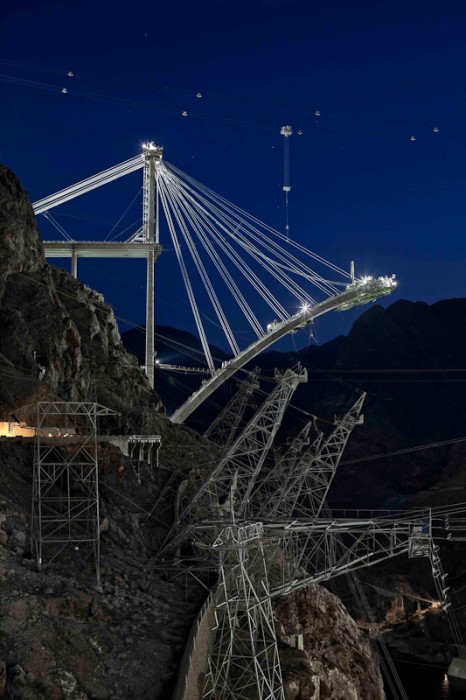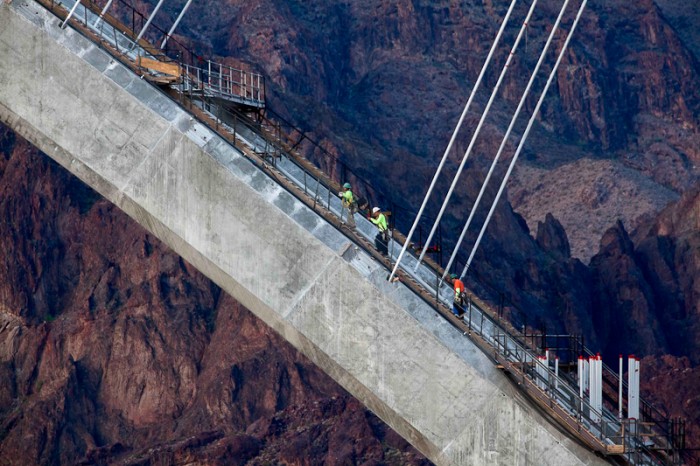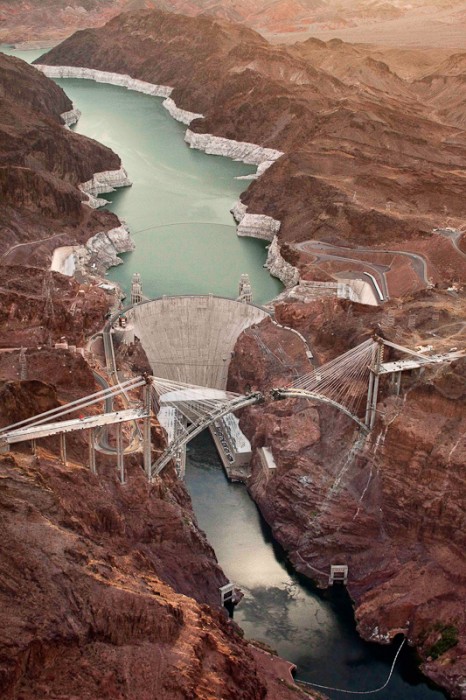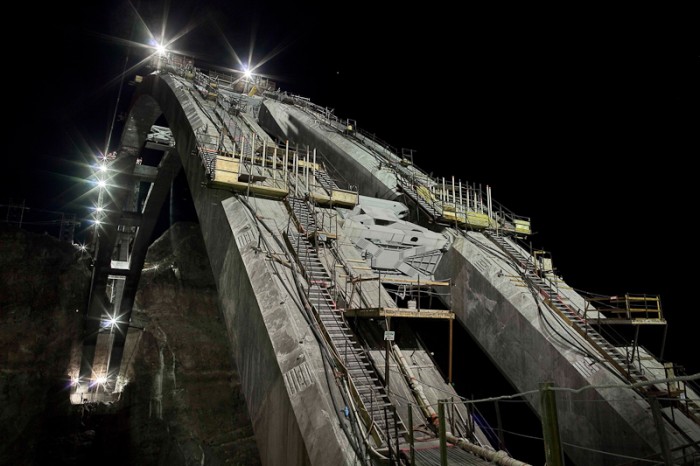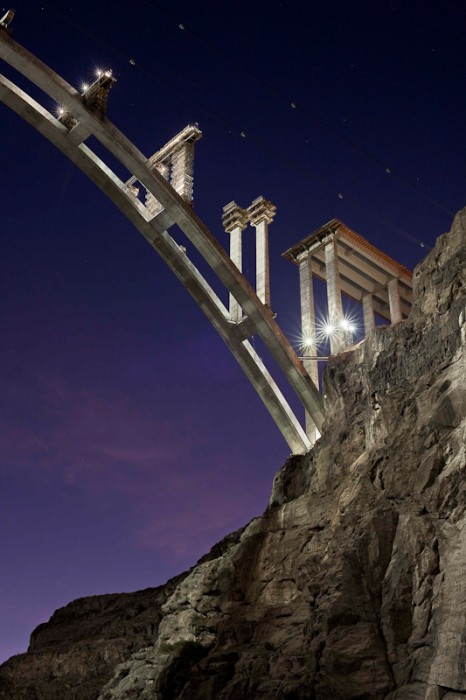This website uses cookies so that we can provide you with the best user experience possible. Cookie information is stored in your browser and performs functions such as recognising you when you return to our website and helping our team to understand which sections of the website you find most interesting and useful.
The Bridge at Hoover Dam
-
PrizeGold in Fine Art/Architecture
-
PhotographerJamey Stillings, United States
-
Website
THE BRIDGE AT HOOVER DAM
How a structure and its creation are documented greatly impacts how it is remembered in history. Construction of the bridge downstream from Hoover Dam is unique both for its historical importance, by its proximity to the dam, and for its technical achievement, bridging the Black Canyon over the Colorado River with the longest concrete arch span in the western hemisphere. The bridge challenges us to examine the juncture of nature and technology on a scale that is both grand and human.
The Mike Oâ??Callaghan â?? Pat Tillman Memorial Bridge, signature structure of the Hoover Dam Bypass Project, officially opened to traffic on October 19, 2010, and now diverts traffic between Arizona and Nevada off of Hoover Dam. This engineering challenge, on par with any current national or international project, required the creation of a 1060-foot twin-rib tubular concrete arch, which springs from the Arizona and Nevada sides of the Black Canyon to rendezvous 880 feet above the Colorado River. Steel struts connect the arch ribs allowing a dynamic flex to protect the bridge during an earthquake or in high winds. Fifteen pairs of precast columns up to 290 feet high and â??tubâ?? girders, in sets of four, spanning the distance between columns, support the bridgeâ??s deck. The bridge is 1900 feet long and approximately 1500 feet downstream from the dam.
The dam and the bridge have now become an inseparable pair; their visual interaction constantly changing with the time of day, evolving seasons, the weather and oneâ??s momentary point of view. Though they share the arch in their essential geometry and function, aesthetically the dam is massive and solid, while the bridge, especially from the air, takes on a soaring and simple elegance. â??The architectural and artistic aspects of each monument are equal to their individual engineering achievements. Their combined visual images come full circle to make the vision a reality.â??
I first encountered the bridge in March 2009, and it immediately captured my imagination. Watching the bridge's construction, especially at night, was both inspiring and captivating. The photo essay that developed from this initial encounter allowed me to meld photographic and aesthetic sensibilities with a reawakened sense of childhood curiosity and awe. The bridge as subject was creatively and technically challenging, dynamic and transitory. For two years, I returned to the bridge again and again, and as it evolved, each visit required fresh perspectives and visual inquiry. The opportunity to spend extended time with a single subject has brought a depth of visual understanding both to the approach and the resulting body of work.
The overarching goals of The Bridge at Hoover Dam are to acknowledge and celebrate the collective talents and labors of those who built the bridge and to place the bridge within the historical and aesthetic context of Hoover Dam and the American West.
Jamey Stillings, March 2011
